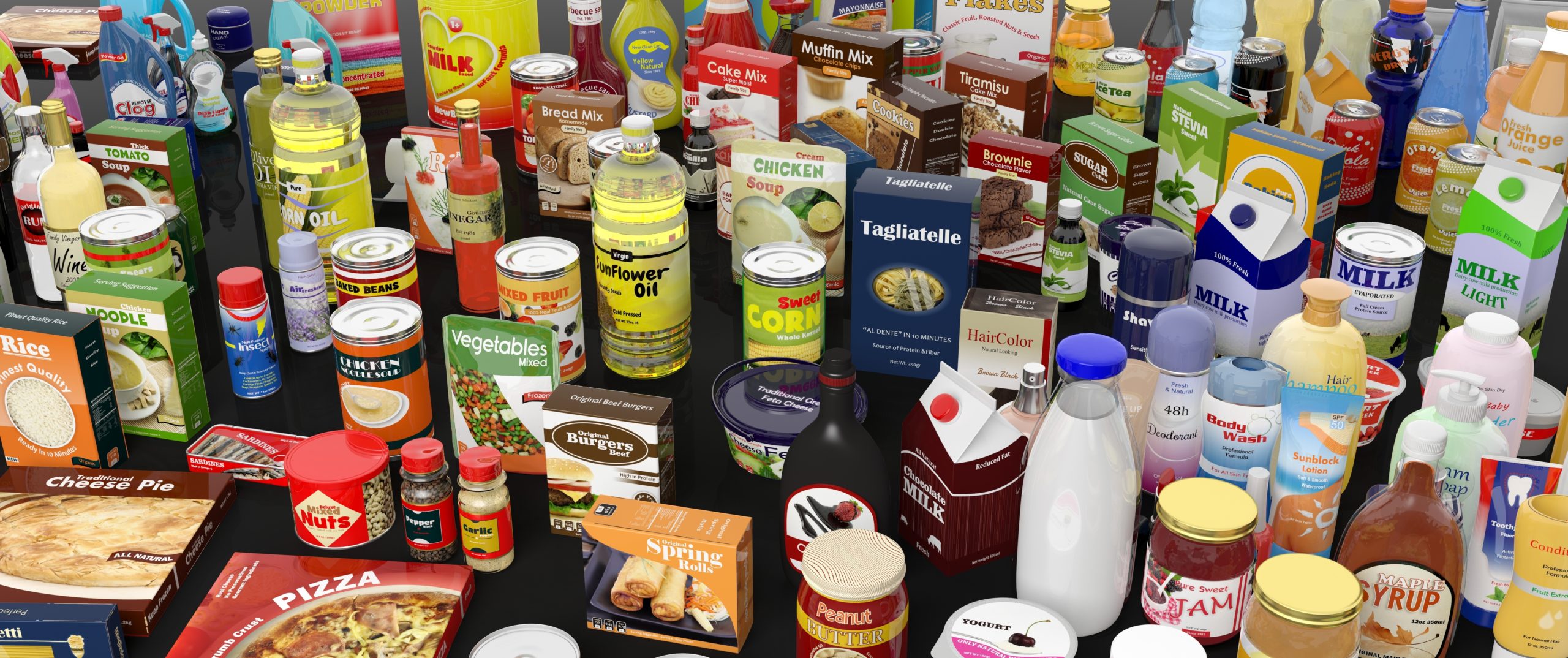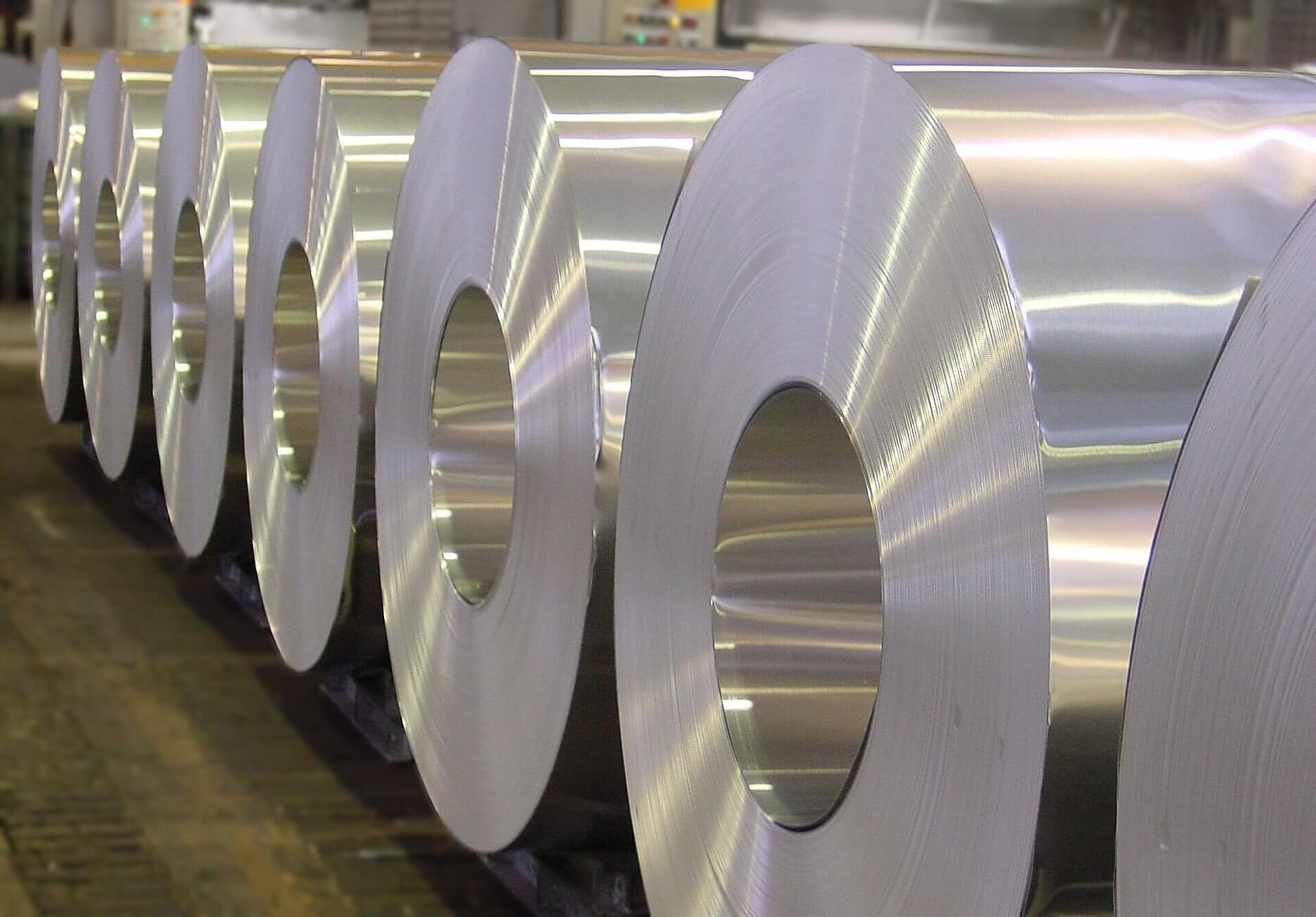Consumers actively seek out — and are willing to pay a premium for — food and consumer products labeled as organic or plant-based, but what about claims related to the recyclability of the packaging itself? New research suggests that consumers are paying closer attention to the packaging material used to protect their favorite brands and that more sustainable packaging has become a major influence on a consumer’s decision to purchase a product.
Millennials, in particular, are leading the pack as they enter their prime spending years. According to the results of the 2019 EcoFocus Trends Survey, 76 percent of millennials have a more favourable opinion of companies that exclusively use recyclable packaging, compared to 65 percent of baby boomers.
What’s more, 64 percent of millennials say they’re willing to pay more for more eco-friendly products, compared to just 38 percent of baby boomers. Clearly, this generation has a unique focus on consumer packaging and the environment, and brand managers should take note.
New developments in recyclable packaging — including innovative mono-PE-based laminates — along with renewed interest in finding ways to use paper and aluminum over unrecyclable plastics, are ushering in a new era in food, home care and personal care packaging. Since these materials offer the same level of protection over less eco-friendly options, and can be branded in the same way, they present many compelling reasons for companies to make the switch.
Constantia Flexibles, one of the world’s leaders in flexible packaging, has hosted a series of engaging webinars on more sustainable packaging. Click here to access their full library of food, home care and personal care packaging-focused virtual events.
Mono-PE-Based Laminates
Polyethylene (PE) films are widely used in the consumer packaged goods industry today, from beverage containers to resealable cereal pouches. The problem with many of these PE-based packaging options is that they often combine multiple materials, making them nearly impossible to recycle.
New recyclable mono-PE laminates make it possible to replace multi-polymer and multi-material laminates while maintaining the quality attributes necessary for food, home care and personal care packaging. As a packaging material, mono-PE is valuable for recyclers who can collect and reprocess used containers to sell back to manufacturers to be used again. This value, along with the European Commission’s pledge to ensure 70 percent of all packaging is recycled by 2030, means that now is the time for manufacturers to turn to mono-PE-based film packaging.
In addition to providing a barrier to water vapor and ensuring that food stays fresh, mono-PE-based food packaging containers have high optical clarity. Similar to multi-polymer bags and pouches, mono-PE-based laminates can be printed with custom branding, allowing consumer product manufacturers to invest in more sustainable packaging without compromising on brand identity.
To learn more about mono-PE-based packaging and its role in supporting a circular economy, watch this on-demand webinar.
Aluminum Packaging
With a long history of use in food packaging, aluminum is an ideal material for a variety of applications, including BPA-free cans and as sealants for the tops of milk jugs and yogurt containers. There are many attributes that make aluminum the material of choice for food manufacturers, not least of which is its ability to offer high-barrier protection against air, moisture, light and foodborne pathogens. These characteristics alone make aluminum a trusted material to preserve the critical qualities of food products.
From a logistics and supply chain perspective, aluminum also has the added advantage of being light, yet durable, to keep transportation costs in check. Compared to another recyclable material — glass — aluminum is far less fragile and requires less additional packaging material (such as cardboard) to protect it from damage during shipping.
In terms of its ability to be recycled, aluminum can be endlessly reprocessed into new forms without loss of quality. And its ability to be easily molded and customized with printed branding and embossing make it a versatile choice for a number of food and beverage applications.
Click here to learn more about the superior recyclability of aluminum packaging.
Paper Packaging
Paper is a surprisingly flexible material for food packaging that can be easily recycled multiple times before its integrity starts to degrade. While not as strong a barrier as mono-PE and aluminum packaging, paper is an ideal material to protect and preserve the properties of solid, shelf-stable foods and confectionary.
One of the best applications for paper packaging is chocolate. Due to its high fat content and level of antioxidants, chocolate is naturally resistant to moisture and oxidative damage. The three main goals of chocolate packaging are to protect it from light, infestation and loss of aroma. More eco-friendly paper packaging can achieve all of these goals while also providing a high grease barrier when treated with specialized coatings.
While plastics have dominated the food packaging space for decades — particularly in the confectionery segment — increased awareness of the impact of packaging leaking into the environment has prompted a shift towards paper as an alternative. In the case of chocolate, paper is an ideal substitute for plastic flow wrap as it provides the same level of barrier protection while being much more readily recyclable.
Paper packaging is suitable for both cold-seal and heat-seal applications and is versatile enough to be used for many food products requiring low barrier protection, including tea, sugar, flour, rice and prepackaged snacks. Just like the other food packaging materials mentioned, paper can be readily branded using printing techniques, and textural differences (smooth vs. rough surface) allow brands to differentiate their products and stand out from their competitors.
Brand managers should look for paper packaging suppliers whose products are Forest Stewardship Council (FSC) certified to ensure responsible forest management to preserve natural resources. This also contributes to food companies’ corporate responsibility initiatives, further raising the profile of brands in the eye of consumers.
For more on why paper packaging can help brand managers reach sustainability goals, register for this webinar. And for an in-depth case study on the benefits of paper packaging for confectionary manufacturers, watch this webinar.
Whether aluminum, paper or mono-PE-based laminates are the right choice for your application, Constantia Flexibles has a range of innovative and more sustainable food packaging products with 100 years’ experience in pharmaceuticals, confectionery and home care products.
This article was created in collaboration with the sponsoring company and the Xtalks editorial team.








Join or login to leave a comment
JOIN LOGIN